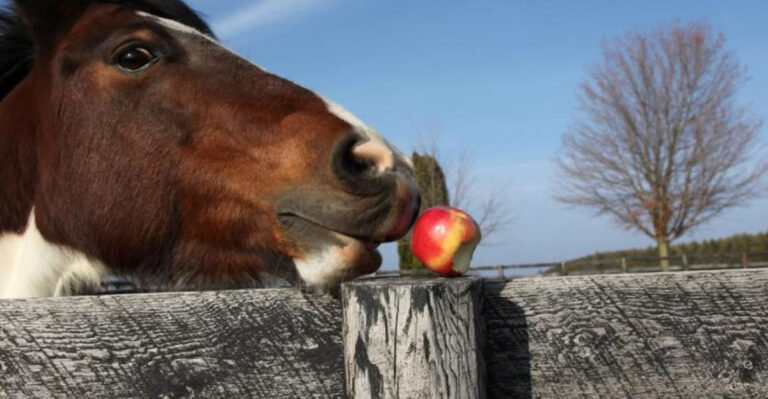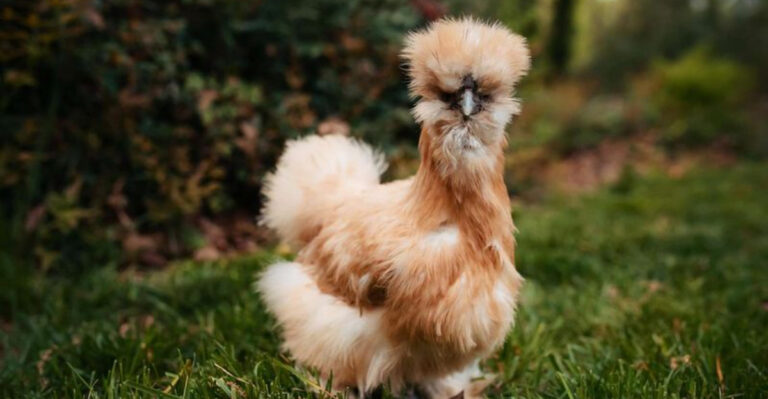Insect Experts Reveal How To Identify Common House Bugs
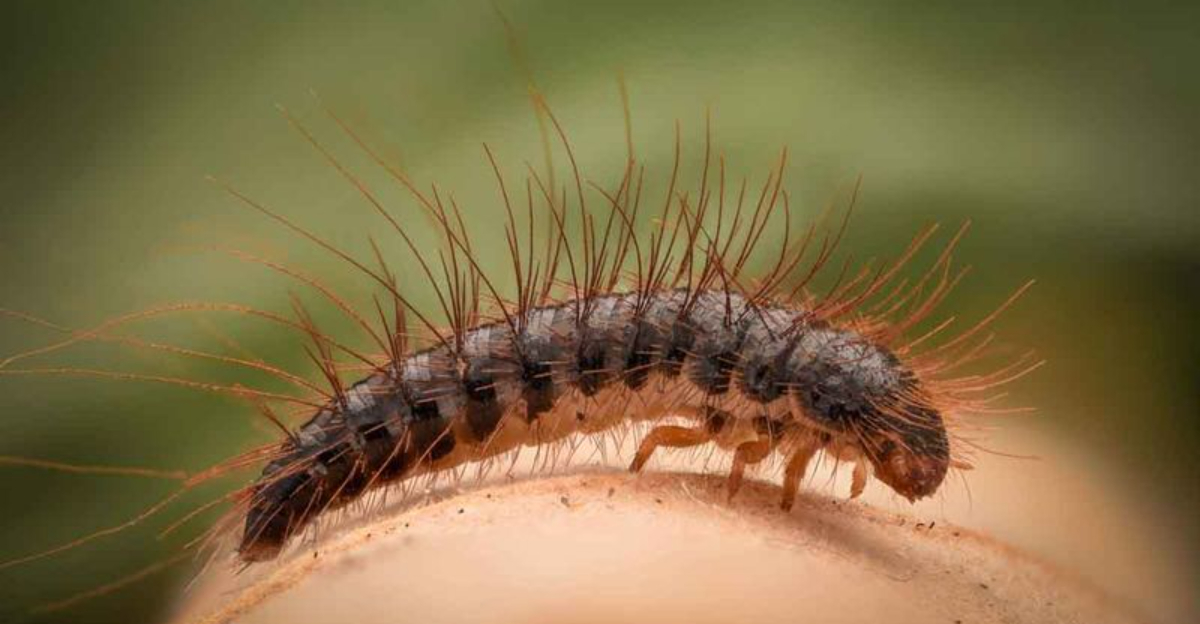
Ever spotted a mysterious critter scurrying across your kitchen floor? You’re not alone! Our homes are secret habitats for numerous insects that often go unnoticed until they become unwelcome guests.
Understanding which bugs have moved in with you is the first step to deciding whether they’re harmless housemates or unwanted intruders that need to be shown the door.
1. Tiny Terrors In Your Pantry
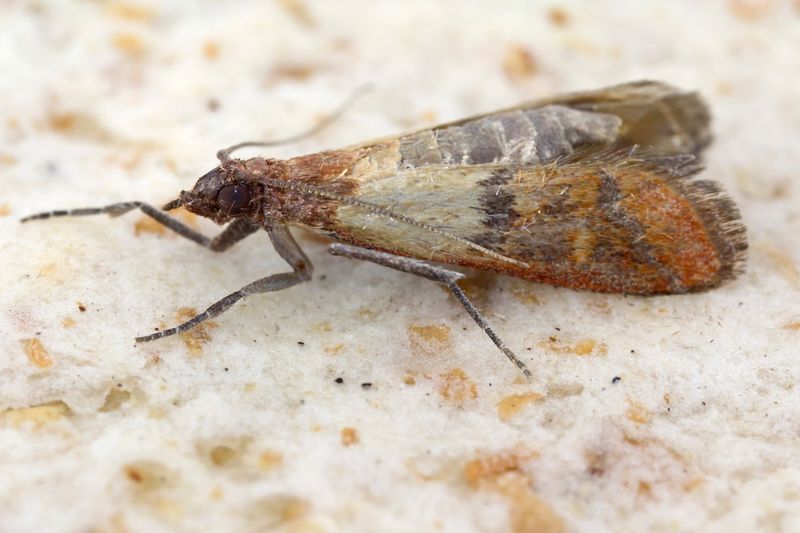
Smaller than a grain of rice, pantry moths begin their invasion as nearly invisible eggs on dry goods. Their telltale sign? Silky webs stretching across your cereal or flour.
Adult moths have distinctive copper-colored wings with dark bands, while larvae appear as cream-colored caterpillars. They’re not dangerous, just determined to share your snacks!
2. Eight-Legged Dust Bunnies

Not actually insects but arachnids, house spiders are nature’s pest controllers working overtime in your corners. Most common varieties have tan or brown bodies with darker markings.
Contrary to popular belief, most household spiders couldn’t harm you if they tried – their fangs are too small to penetrate human skin. They’re actually helping by catching flies and mosquitoes!
3. Midnight Kitchen Raiders
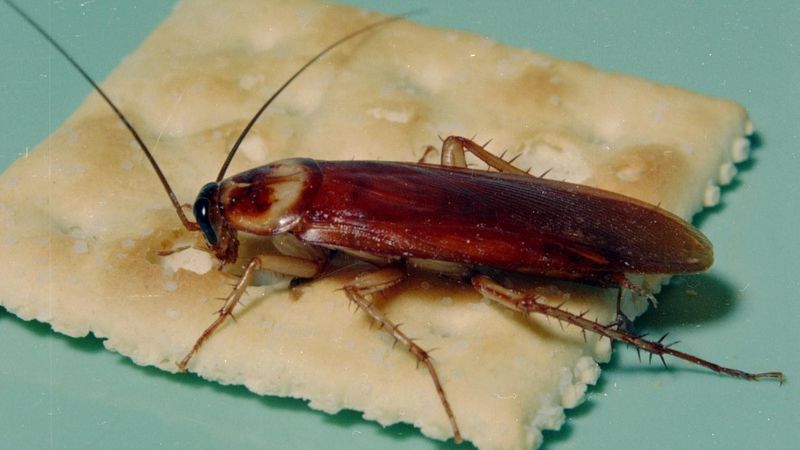
Seeing a cockroach is like spotting the tip of an iceberg – where there’s one, many more lurk in shadows. Their shiny, reddish-brown bodies and long antennae are unmistakable.
These night prowlers can squeeze through cracks as thin as a dime. They leave behind a distinctive musty odor and tiny black droppings that resemble coffee grounds or pepper specks.
4. Silvery Bathroom Visitors
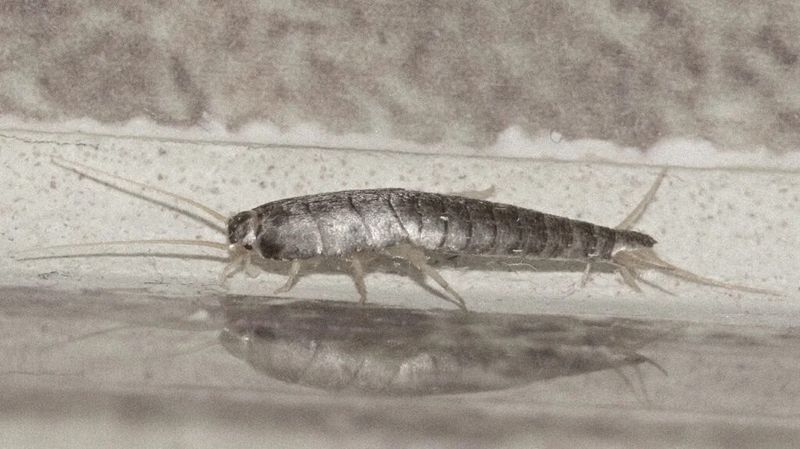
Lightning-fast and metallic-looking, silverfish dart away when lights flip on. Their carrot-shaped bodies taper to a point, with three distinctive bristles extending from their rear.
These prehistoric-looking creatures love humidity and feast on paper, glue, and fabric. Check damp books or cardboard boxes – you might spot their tiny yellow eggs or shed skins that look like miniature fish scales.
5. Furniture’s Tiny Tunnelers

Wood-boring beetles announce their presence with perfectly round exit holes and fine sawdust that feels like talcum powder. The adult beetles are rarely seen, preferring to work undercover.
Listen carefully – active infestations sometimes produce a faint ticking sound as larvae chew through wood. Affected areas may appear weakened or have tunnel-like patterns beneath the surface when probed gently.
6. Microscopic Mattress Dwellers
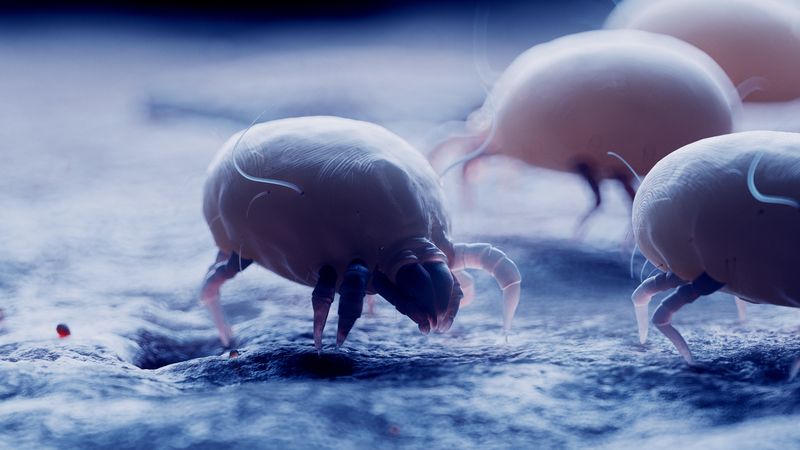
Dust mites are tiny and invisible to the naked eye, often leaving no trace except for the sneezing you might wake up to. They’re not parasites, so they don’t bite or sting.
You’ll notice them through allergy symptoms and the microscopic waste they leave behind. Your mattress could be home to millions of these little arachnids, feeding on the dead skin cells we shed each night
7. Window Sill Invaders
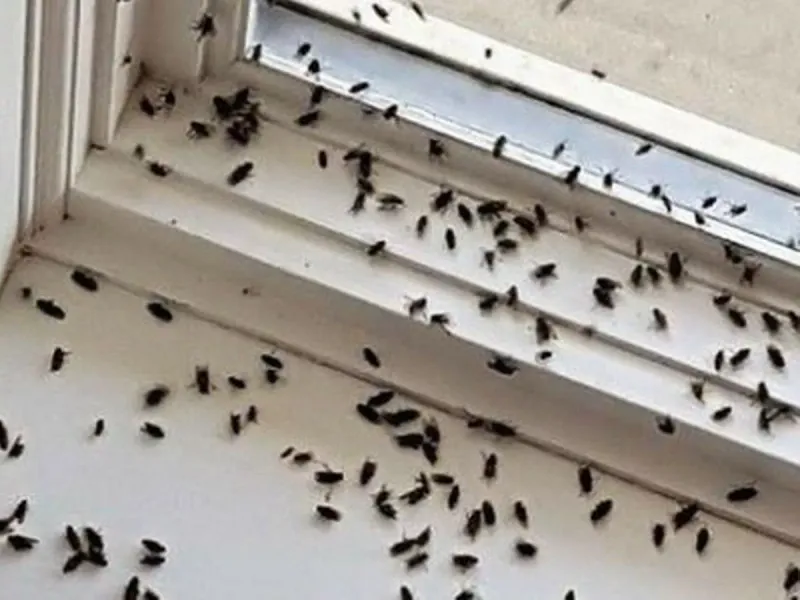
Suddenly appearing in spring, cluster flies gather in sunny windows seeking warmth. Slightly larger than house flies, they move sluggishly and have distinctive golden hairs on their thorax.
Unlike their garbage-loving cousins, these flies don’t contaminate food. They overwinter in wall voids, emerging when temperatures rise, often in such numbers that they seem to materialize from nowhere.
8. Carpet’s Hidden Nibblers

Buffalo carpet beetles might be tiny, but their appetites are enormous! These oval-shaped beetles sport a distinctive pattern of white, black, and orange-red scales that resembles a miniature buffalo hide.
The adults are harmless nectar-feeders outdoors. It’s their bristly larvae – known as ‘woolly bears’ – that silently feast on natural fibers, leaving irregular holes in fabrics and shed skins behind as evidence.
9. Bathroom’s Bouncing Guests
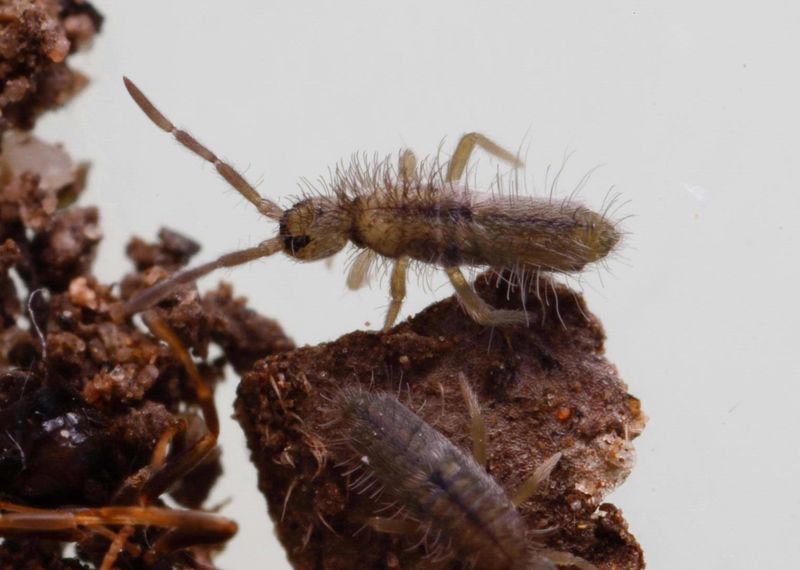
Springtails earn their name from an impressive jumping ability – they can launch themselves several inches using a special tail-like appendage. These moisture-lovers congregate around sinks, tubs, and potted plants.
Barely visible at 1/16 inch long, springtails appear as tiny dark specks that suddenly vanish when disturbed. Despite their startling jumps, they’re completely harmless decomposers just looking for a humid home.
10. Bookshelf’s Paper Predators

Resembling tiny walking grains of rice, booklice feast on microscopic mold growing on damp paper and bindings. Despite their name, these creatures aren’t true lice and don’t bite humans.
Their pale, translucent bodies are barely visible without magnification. Check for them in neglected bookshelves, old magazines, or wallpaper in humid rooms – they leave behind tiny specks and damaged paper surfaces.
11. Electrical Wire Munchers
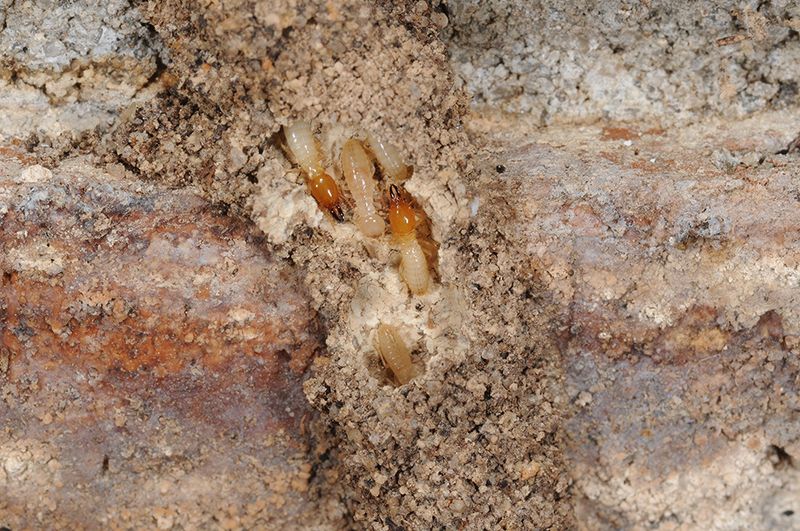
Termites might look like pale ants, but their straight antennae and thick waists set them apart—along with their $5 billion in annual property damage! Unlike most pests, they actively avoid light and air.
Their presence is revealed by mud tubes along foundations, hollow-sounding wood, or discarded wings near windows after spring swarms. By the time you spot them, they’ve likely been feasting unseen for months.
12. Basement’s Blood-Seekers
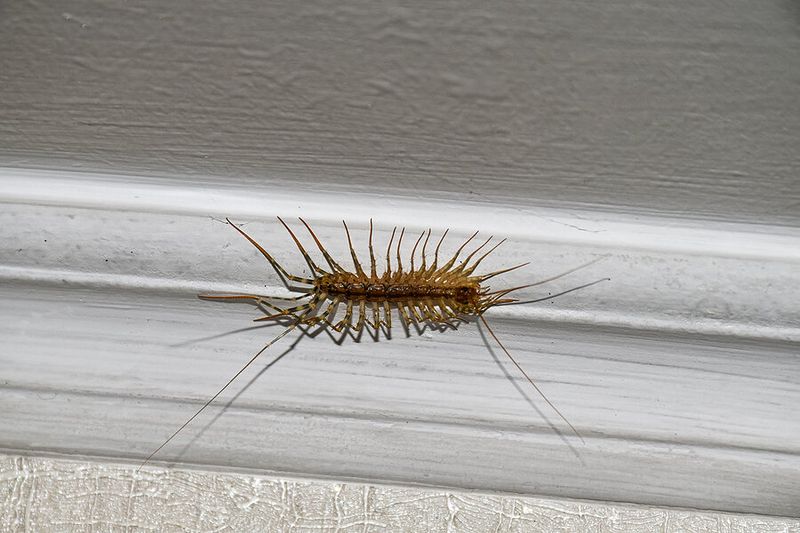
Unlike their mosquito cousins, house centipedes hunt other insects rather than humans – though their lightning-fast movements often trigger screams! Their yellowish-brown bodies feature distinctive long legs – 15 pairs in adults.
These beneficial predators patrol at night, capturing roaches, silverfish, and spiders. Despite their intimidating appearance, their venom is harmless to humans unless you’re allergic, making them unexpected allies in pest control.
13. Invisible Bed Biters
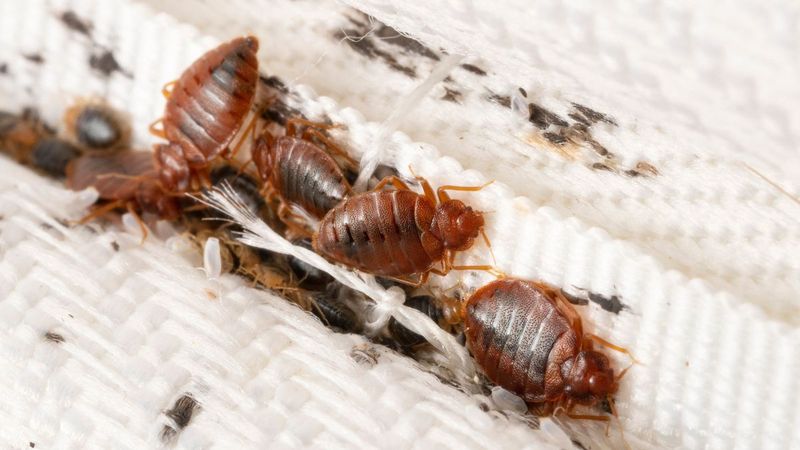
About the size and shape of apple seeds, bed bugs hide in mattress seams during the day and come out at night for blood meals. After feeding, rusty-red bodies become darker and engorged.
Instead of nests, look for signs like tiny blood spots on sheets, dark fecal specks near hiding spots, and a sweet, musty odor. Bites often appear as itchy red welts in straight lines.
14. Picnic-Loving Pioneers

Following invisible scent trails with military precision, ants are usually the first insects to discover spills. Different species vary in size and color, but all feature distinctive elbowed antennae and narrow waists.
Carpenter ants leave behind sawdust-like wood shavings, while sugar ants leave no trace except their marching columns. Their nests might be revealed by small piles of soil particles near cracks or along foundations.




